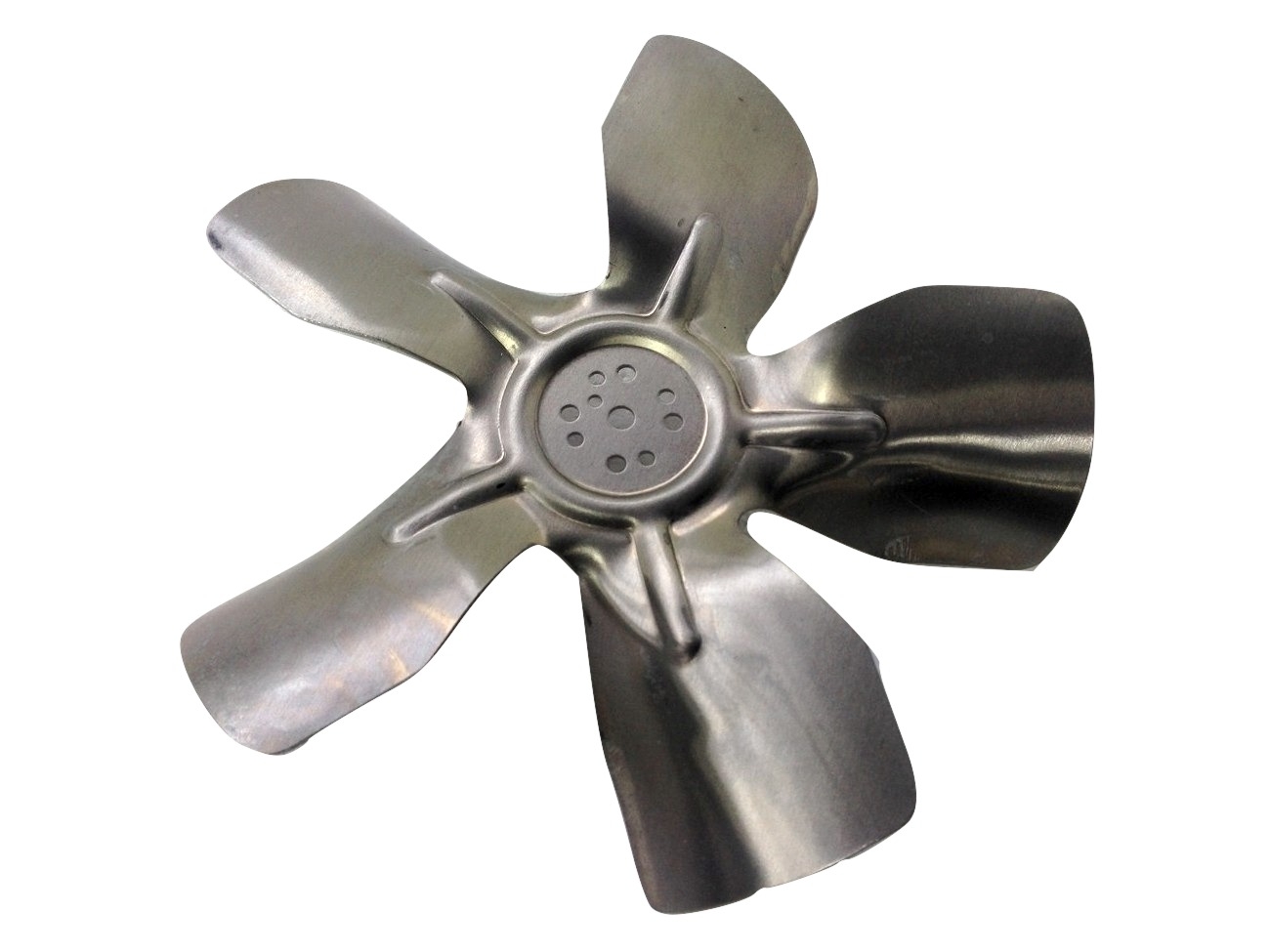

Fan clockwise install#
They can make a big difference, but ceiling fans can also be a big hassle to install or repair. Similarly, the direction of the fan blades determines where the air will move. Most everyone is familiar with the benefits of a fans counterclockwise motion: It creates a downward. The size also allows them to run more efficiently at lower speeds. In fact, almost every ceiling fan is designed to rotate clockwise and counterclockwise. Fans with the longest blades produce the highest amount of airflow. This information tells you how much air flow you’ll get for the amount of electrical energy the fan uses. You’ll see a label indicating what’s known as the fan’s efficacy. Over time, this can save you as much as 15 percent in energy costs.Ĭeiling fans with large blades are a better choice. Most people say it’s enough to dial down the heat by a few degrees. Is the room actually warmer? Probably not by much, but you’ll feel a difference. The gentle pull accelerates the natural rise of warm air, and then the ceiling fan helps it to radiate outwards so that it moves along the walls and back to the floor. Ceiling fans are a practical and aesthetically pleasing choice for your home, but unless you have the blades spinning in the appropriate direction for the. Mosquitoes are also attracted to carbon dioxide and other chemicals we humans produce – which are easily dispersed by a ceiling fan.Īir is pulled up when your ceiling fan spins in this direction. They prefer still conditions, and the gentle breeze produced by a ceiling fan is enough to keep them away. They’ll keep you cool, and the constantly moving air is a deterrent to mosquitoes. When used in conjunction with your air conditioning, ceiling fans can reduce your energy bills by as much as 40 percent.Ĭeiling fans used outdoors provide an additional benefit. Your central air conditioning system is removing heat from the interior, but most aren’t very good at moving this cool air once it leaves the vents throughout your home.Ī ceiling fan will efficiently circulate the cool air for you. This direction pushes cool air down towards the humans on the floor. You want ceiling fans inside and out to rotate counterclockwise during the warmer months here in Florida. But, only if you’ve got those fan blades moving in the right direction.Ĭounterclockwise for help with staying cool Keep in mind that ceiling fans are using a wind chill effect to cool you – and not the room temperature. If there is no rush of air, it means that the fan is in a clockwise rotation. Stand under the fan and determine if there is a rush of air or not. The blades of the fan should move from the top left, down to the right, and back to the top. Department of Energy, using a ceiling fan with your air conditioning will allow you to raise the thermostat setting about four degrees with no reduction in comfort. To determine if your fan is moving clockwise, you need to check the direction of the blades. It can also make a difference in your energy bill.Īccording to research done by the U.S. Which way the blades on your ceiling fan spin in the summer versus the winter can help you stay more comfortable. It may seem counterintuitive to turn on the fan to get warmer, but the clockwise direction draws cool air up and forces warm air down, which is great for winter or whenever you're cold.Clockwise? Counterclockwise? Which Way Should My Ceiling Fan Spin? What many may not know is that by simply changing the direction of your fan to rotate clockwise, you can make your ceiling fan into an essential item in the colder months too. The downward draft from a ceiling fan can even make you feel up to 8 degrees Fahrenheit cooler, which means you can rely less on air conditioning in the peak season. Most everyone is familiar with the benefits of a fan's counterclockwise motion: It creates a downward airflow to cool you, which is ideal for anytime you're hot. In fact, almost every ceiling fan is designed to rotate clockwise and counterclockwise. That may sound strange, but there's a money-saving trick to make your ceiling fan usable year-round. There's an easy setting change that could make a dent in your monthly payment. If you want to save money on energy bills, we suggest taking a look at your ceiling fan first. This story is part of Home Tips, CNET's collection of practical advice for getting the most out of your home, inside and out.


 0 kommentar(er)
0 kommentar(er)
